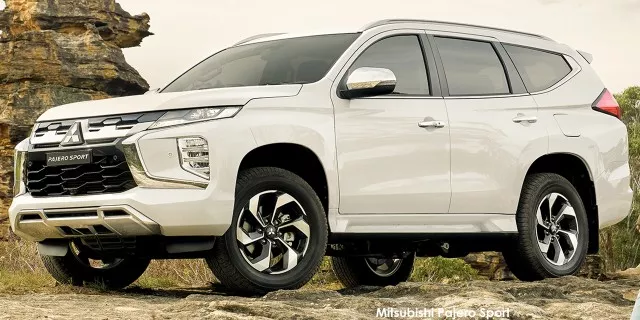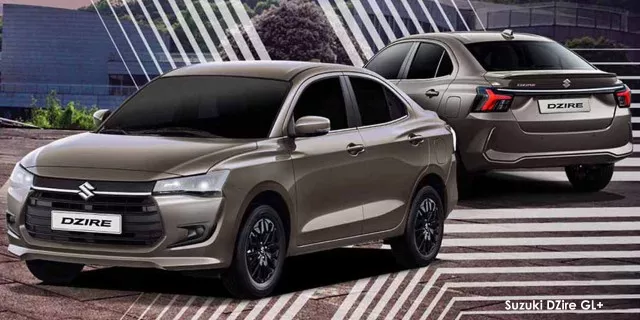Gold rush happening in South Africa’s car market right now

Automakers from around the world are scrambling to become one of the major players in South Africa’s affordable car market.
It’s no secret that South Africa’s car prices have skyrocketed over the past few years, as just over 73% of all the models on sale now go for over half a million rand.
At the same time, the cost of living is going up at an alarming rate thanks to factors like inflation, rising petrol prices, and an increase in VAT, which means there is less and less demand for luxury vehicles.
As a result, consumers across the country are shifting down-market in search of affordable transport, which is something that auto brands are, recently, only too happy to provide.
A changing landscape
The average formal sector salary in South Africa is just R26,800 per month, which doesn’t afford much leeway when it comes to deciding on a new car.
Financial institutions caution that motorists should not spend more than 20% of their income on car repayments, which means most people can only spend R5,360 per month without putting themselves in severe debt.
With a 5-year/60-month finance plan, this means you can only afford a car worth around R250,000, of which there are only a handful of models left on the market.
Even if we factor in households with two income-earners, most South Africans cannot reasonably afford a car that costs more than R500,000, and yet the market is heavily skewed in favour of the luxury end these days.
Consequently, premium badges like BMW and Mercedes-Benz are witnessing a significant drop in sales, sometimes even leading to dealership closures.
Instead, motorists are flocking in droves towards more affordable transport, presenting an opportunity for new brands to capture a share of the market.

Chinese automakers are the most obvious example of this trend, as the last few years have seen a torrent of new brands from the People’s Republic setting up shop one after the other.
Chery and GWM are the pack leaders in this regard, but other Chinese companies that have set up on local soil include BAIC, BYD, Dayun, Foton, GAC, JAC, Jaecoo, Jetour, LDV, Maxus, MG, and Omoda.
If that wasn’t enough, South Africa is set to receive another five this year alone, comprising Geely, Dongfeng, Denza, Changan, and Deepal.
The rapid introduction of these brands is very similar to the gold rushes of yesteryear, as Chinese businesses have evidently noted the success of Chery and GWM and are now trying to get a cut of the action.
Of course, just like a gold rush, the area can only support so many competitors at a time, and it remains to be seen whether the never-ending stream of new Chinese brands will oversaturate the market until only a few top performers are left.

Chinese manufacturers aren’t the only players in this game, either, as India is now a major exporter to South Africa.
Mahindra, in particular, is one of the fastest-growing brands in the country, but companies like Toyota, Suzuki, and Hyundai are also reliant on the sub-continent these days to supply cars that are more affordable for the average South African household.
Hyundai is arguably the best illustration of this shift, as the Korean brand has discontinued its fancier models like the Kona and i30 in favour of the entry-level Grand i10 and Exter, both of which are sourced from India.
Another interesting case is Toyota, which is the leading brand in South Africa with a substantial manufacturing presence in Durban.
Despite its homefield advantage, Toyota Motors South Africa doesn’t produce any entry-level cars, and so it had called upon its long-time partner Suzuki to find models that can compete in the segment.
This is how we got popular entries like the Toyota Vitz and Starlet, which are a rebadged version of the Suzuki Celerio and Baleno imported straight from India.
It goes to show that carmakers, both local and abroad, are desperate to take a crack at South Africa’s sub-R500,000 market, as there are fewer people than ever who can afford to pick up a brand-new luxury sedan or SUV these days.








